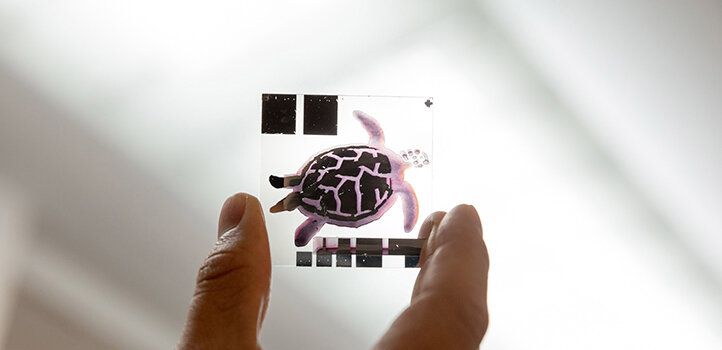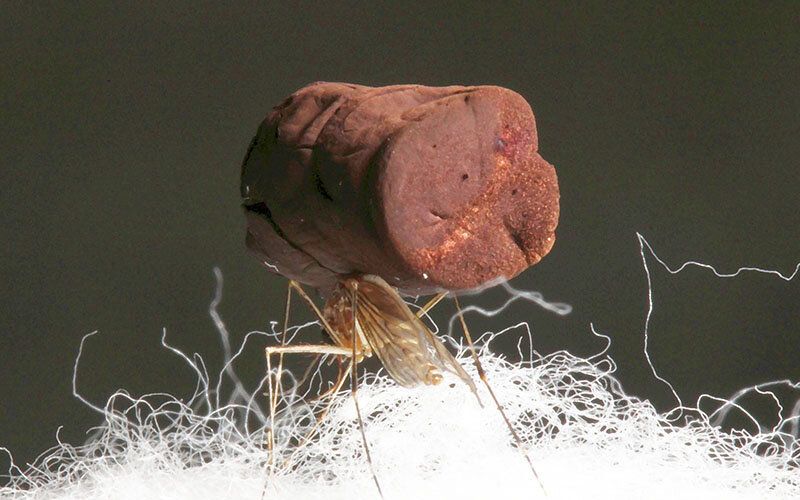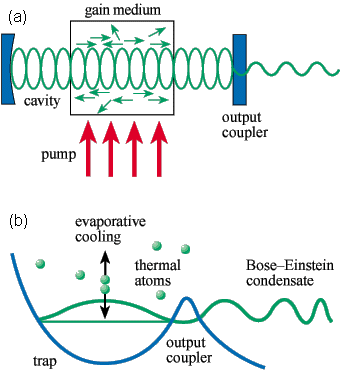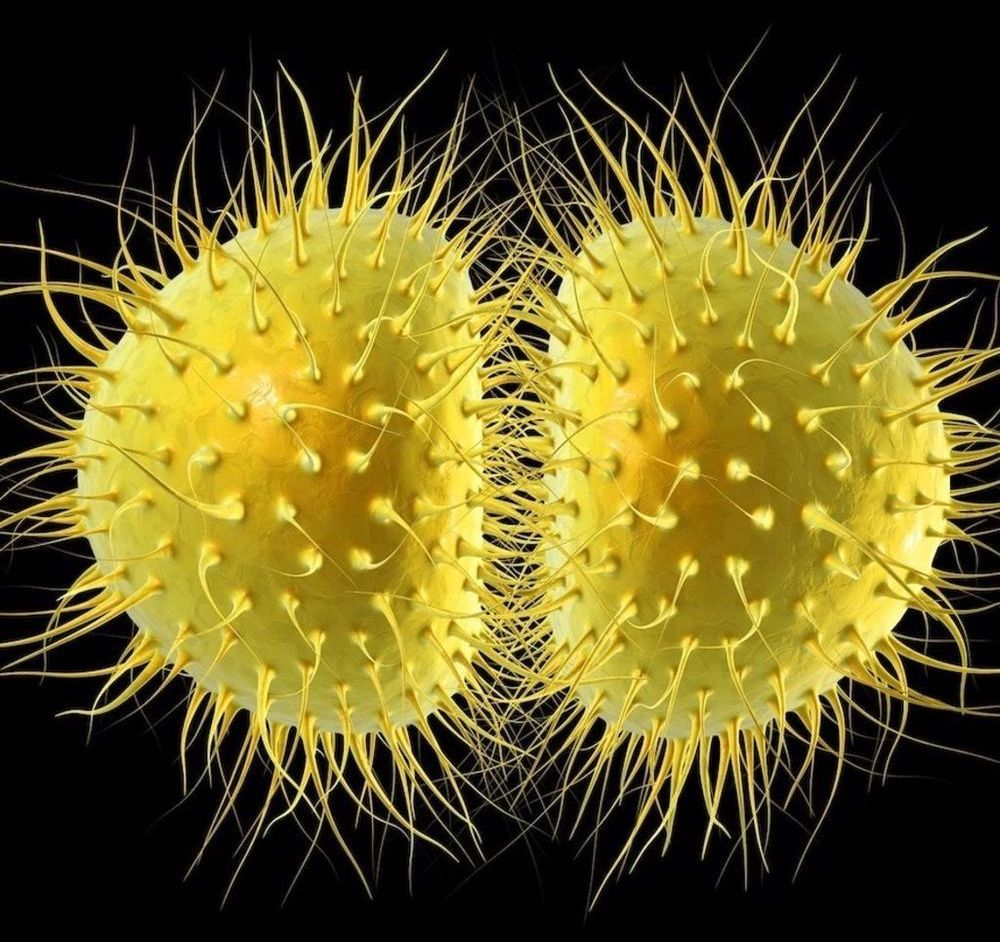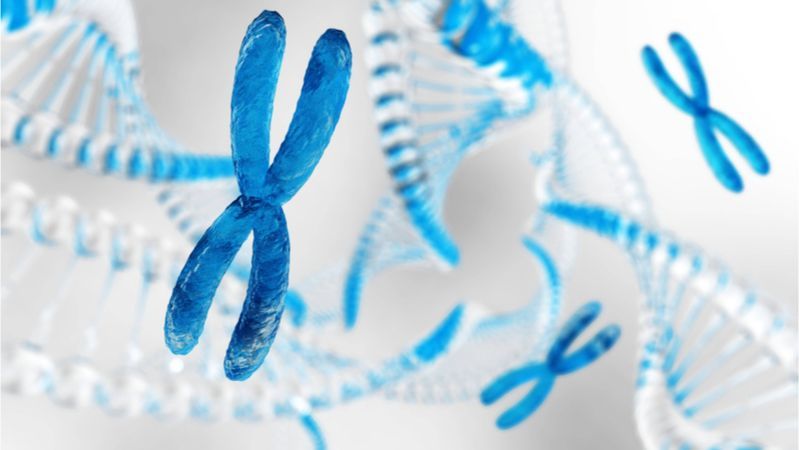Page 9077
Inkjet printing is expected to fast track the commercialization of organic solar cells. Researchers from the KAUST Solar Center have exploited this technique to generate high-efficiency solar cells at large scales.
Organic photovoltaic materials could soon replace inorganic semiconductors in solar-powered devices because of their lightness, flexibility and low cost. These materials are easy to modify and process in solution, which makes them highly attractive for customization and large-scale production. In particular, customized solar cell designs can be used in conjunction with other printed electronics to power a plethora of applications, such as disposable electronics, intelligent packaging, interactive printed media and lab-on-a-chip devices.
Nonfullerene acceptors are emerging materials that have helped boost the efficiency of organic solar cells close to commercialization. These components are typically blended with electron donors in a light-responsive electrochemical layer. They have proven effective for drawing the light-generated pairs of electrons and negatively charged holes apart and maintaining electric current when exposed to sunlight. However, scale-up and manufacturing challenges have hindered efforts to transfer these materials from the laboratory to industrial and consumer-ready scales.
Gold, silver and copper are heavy metals, but LLNL scientists can now make them nearly as light as air—in a form so tiny it can ride on a mosquito’s back.
The groundbreaking science, part of a joint NIF/Physical and Life Sciences (PLS) project supported by the Laboratory Directed Research and Development (LDRD) Program, created these ultra-low density metal foams to give physicists better X-ray sources to employ in experiments that support NIF’s Stockpile Stewardship mission.
The foam is the product of a nearly decade-long research effort by members of the Lab’s NIF and PLS directorates for use on inertial confinement fusion (ICF) experiments at NIF, the world’s most energetic laser system.
Soon after the invention of the laser in the late 1950s many dubbed the discovery as a solutYou’ve reached the limit of what you can view on Physics World without registering If you already have an account on Physics World, then please sign in to continue reading If you do not yet have an account, …
Jun 4, 2019
Antipsychotic meds show promise in treating meningitis
Posted by Quinn Sena in categories: biotech/medical, health, neuroscience
French scientists find common mental health drugs combat rapid and sometimes deadly brain infection. Andrew Masterson reports.
Jun 4, 2019
Professor: Belief in Aliens Could Replace Traditional Religion
Posted by Michael Lance in category: futurism
The number of Americans who believe in aliens is now about the same as the number who believe in God.
Our relationship with aliens is mirroring the start of a new religion.
Jun 4, 2019
Edmond man says cheap drug for dogs cured his cancer
Posted by Paul Battista in category: biotech/medical
Jun 4, 2019
How We Will Cure The Diseases of Ageing — with Aubrey de Grey
Posted by Paul Battista in categories: biotech/medical, life extension

https://www.youtube.com/watch?v=jplaE-CO0hQ
28 November 2017
Rejuvenation is a medical discipline focused on the practical reversal of the aging process.
Rejuvenation is distinct from life extension. Life extension strategies often study the causes of aging and try to oppose those causes in order to slow aging. Rejuvenation is the reversal of aging and thus requires a different strategy, namely repair of the damage that is associated with aging or replacement of damaged tissue with new tissue. Rejuvenation can be a means of life extension, but most life extension strategies do not involve rejuvenation.
Continue reading “How We Will Cure The Diseases of Ageing — with Aubrey de Grey” »
Jun 4, 2019
Apple Publishes Bitcoin Icons & ‘CryptoKit’; iPhone Crypto Wallet Coming?
Posted by Klaus Baldauf in categories: bitcoin, mobile phones
Jun 4, 2019
Telomerase Gene Therapy Ameliorates Neurodegeneration in Mice
Posted by Steve Hill in categories: biotech/medical, life extension, neuroscience
A group of Spanish researchers, including Dr. Maria Blasco and others at the CNIO, have published a new study that examines the consequences of short telomeres and telomerase deficiency on the brain [1].
This study addresses an aspect of telomere attrition, one of the primary hallmarks of aging. Telomeres are repeating sequences of DNA (TTAGGG) that can can reach a length of 15,000 base pairs and appear at the ends of chromosomes, acting as protective caps. They prevent damage, stop chromosomes from fusing with each other, and prevent chromosomes from losing base pair sequences at their end during cell replication.

